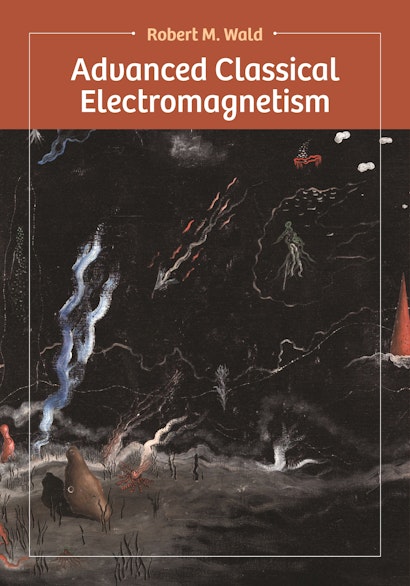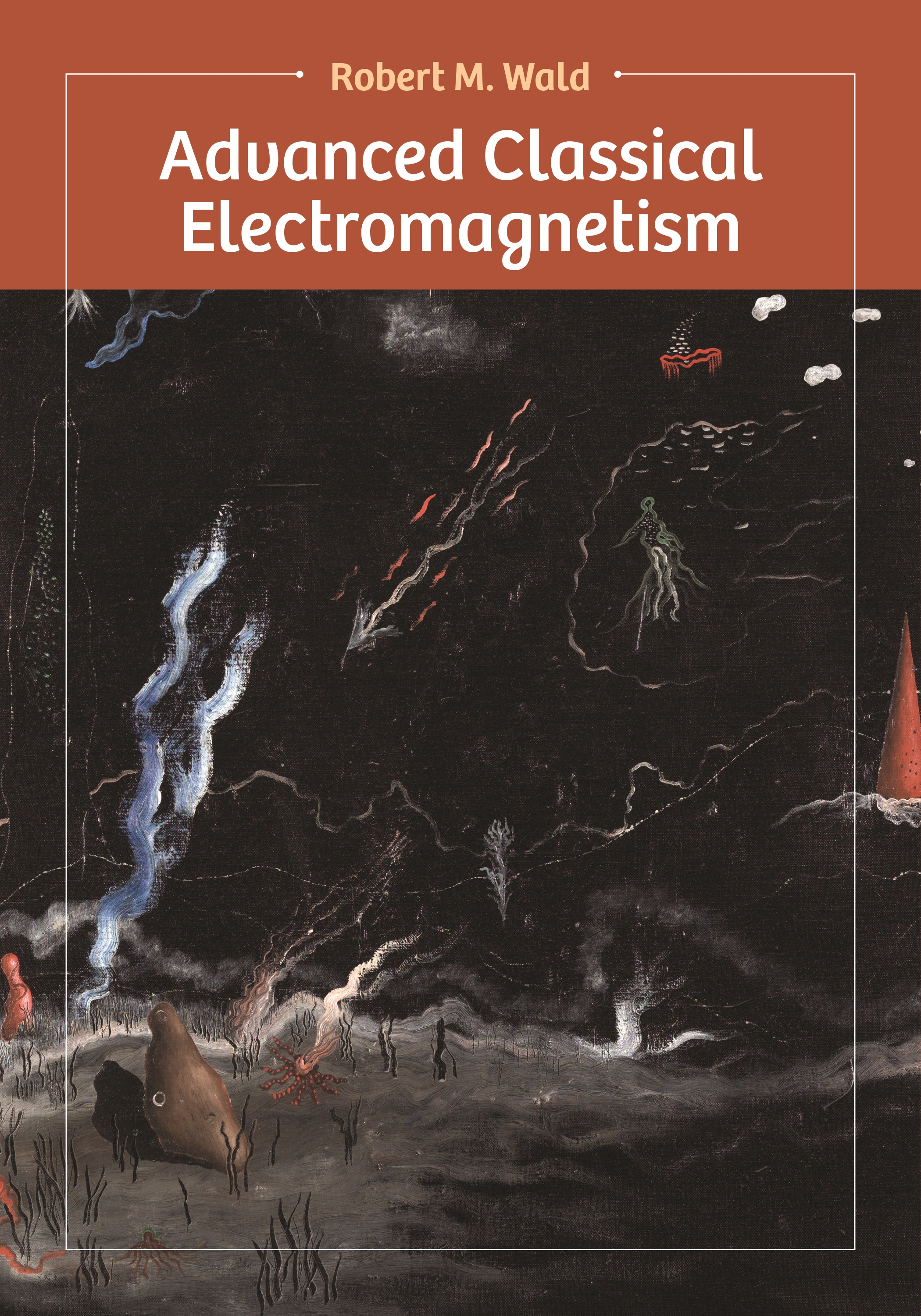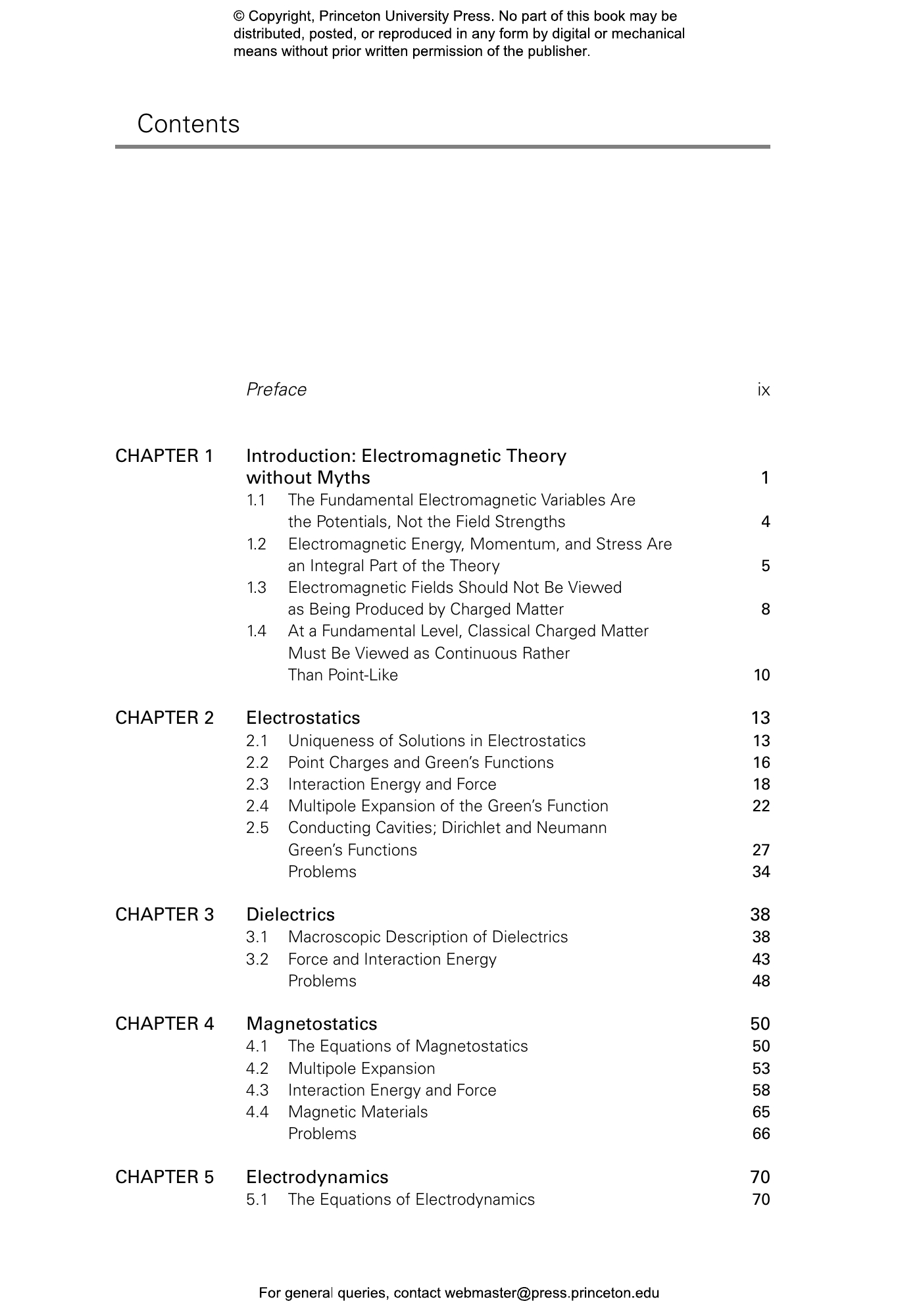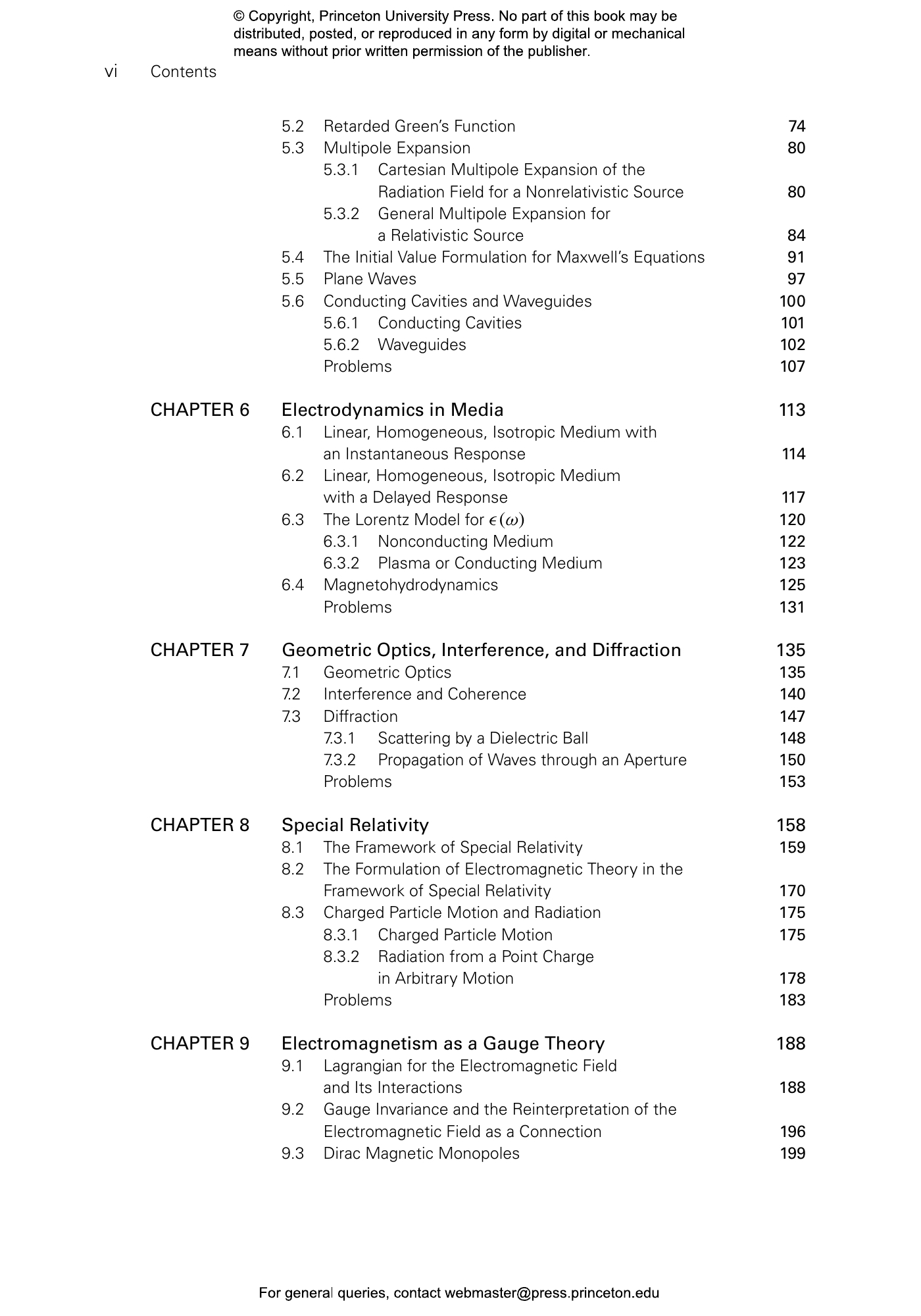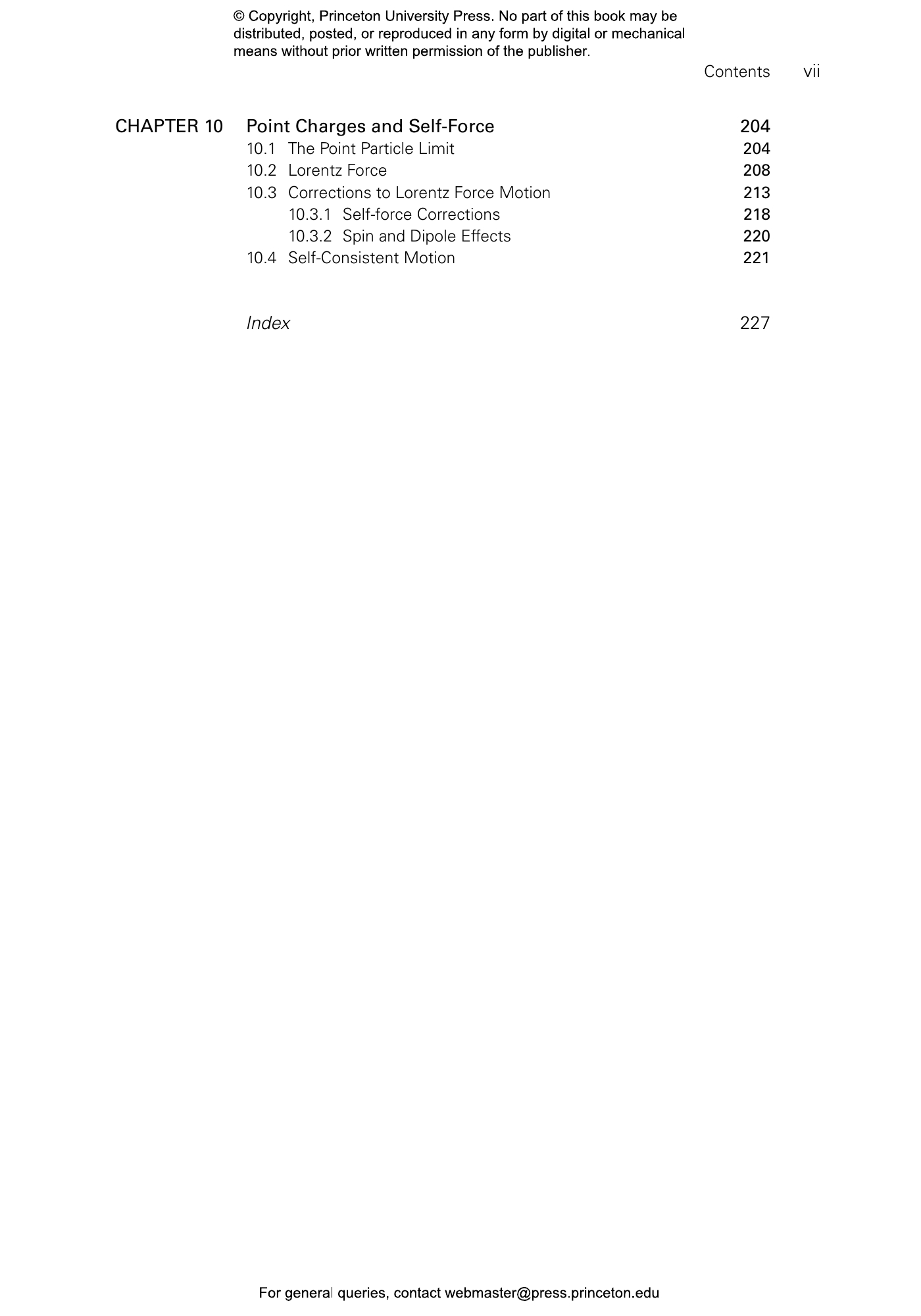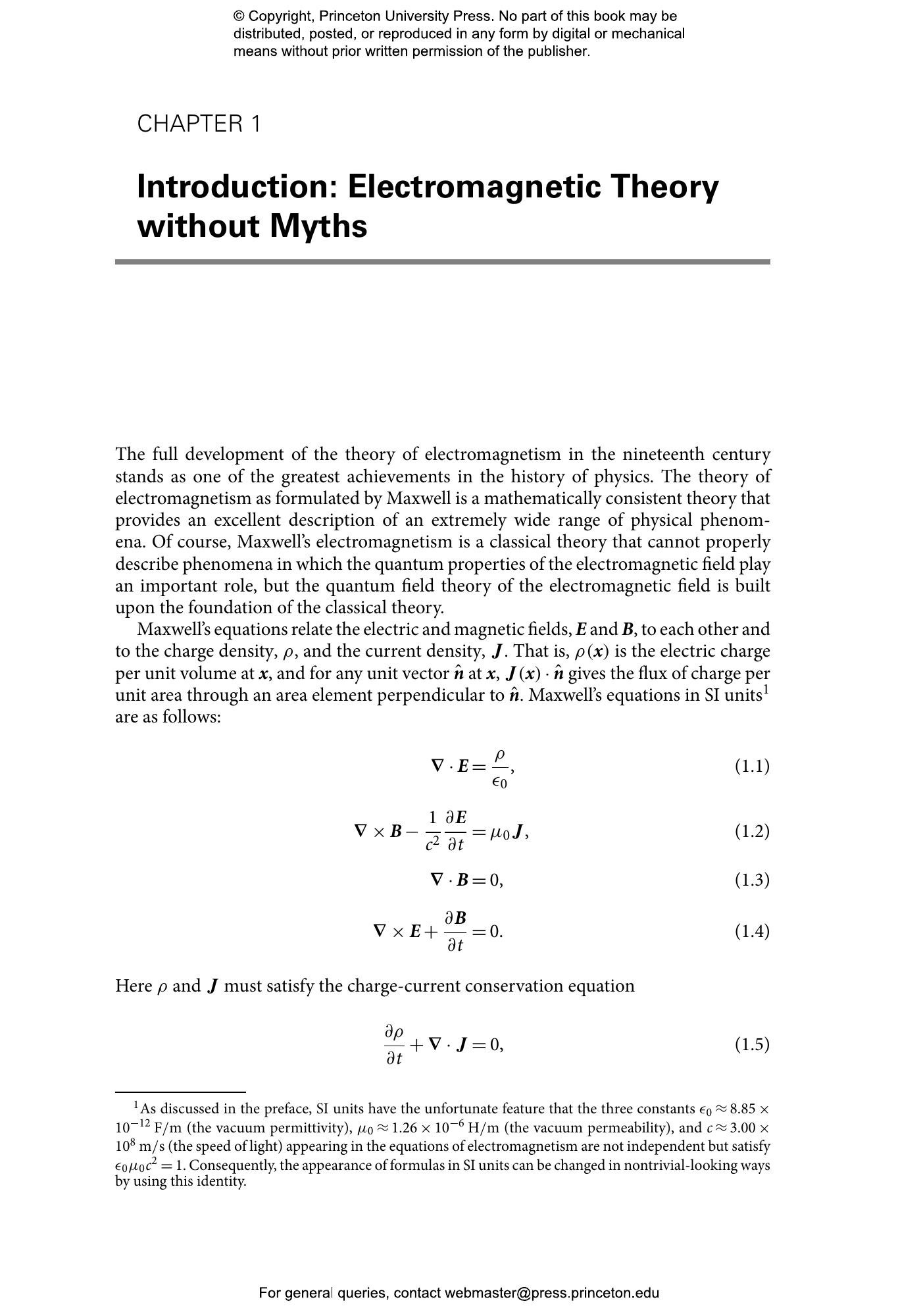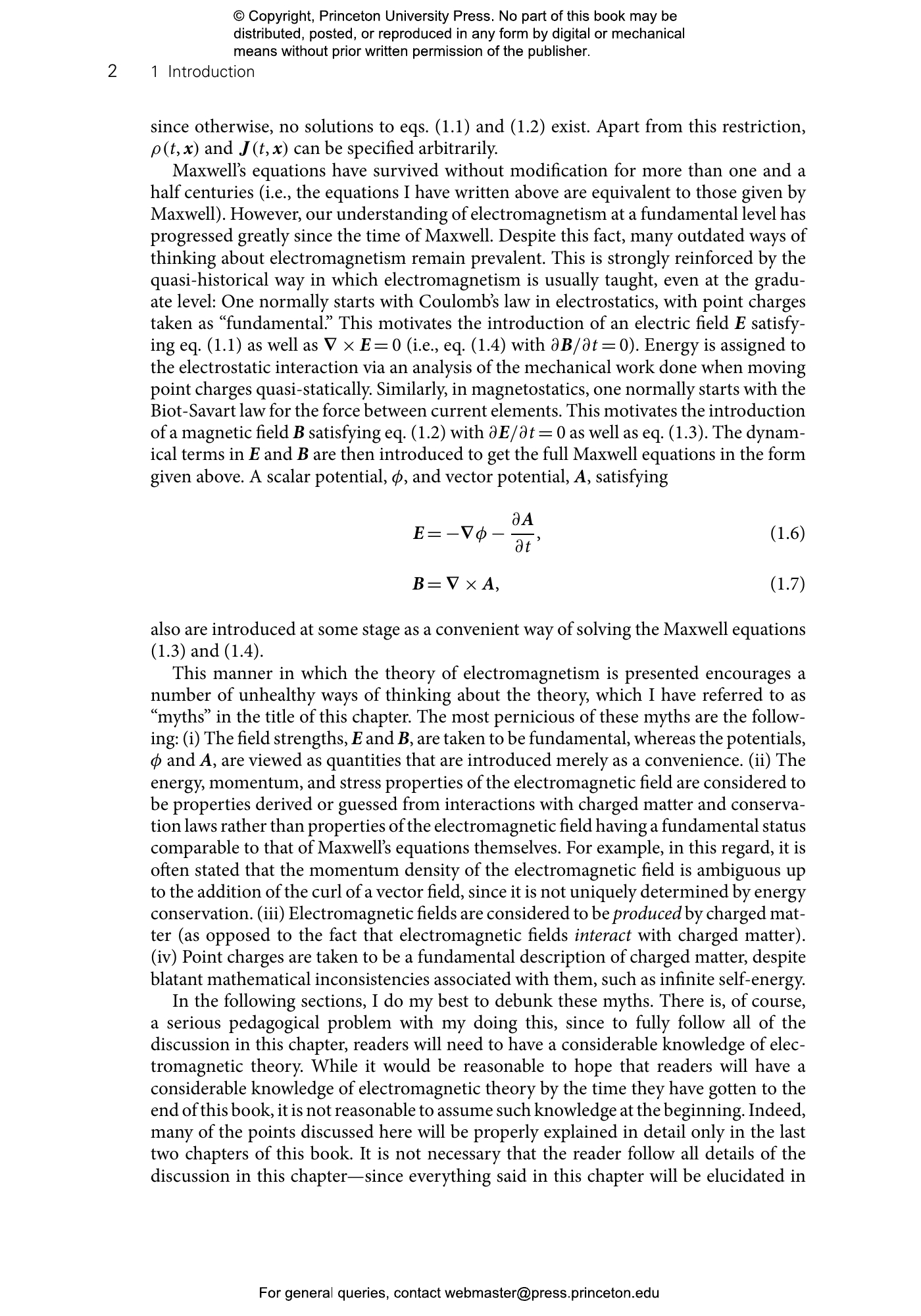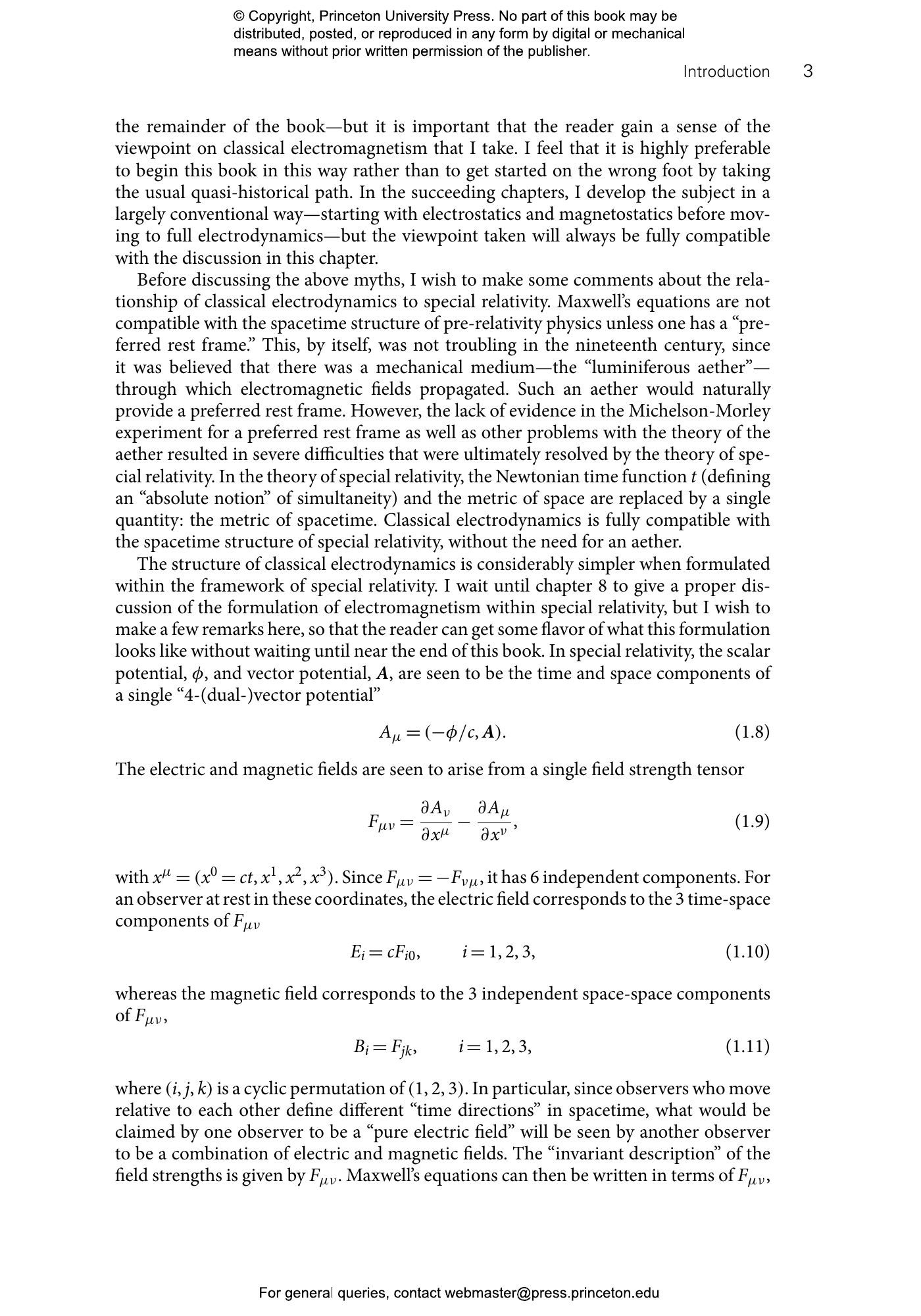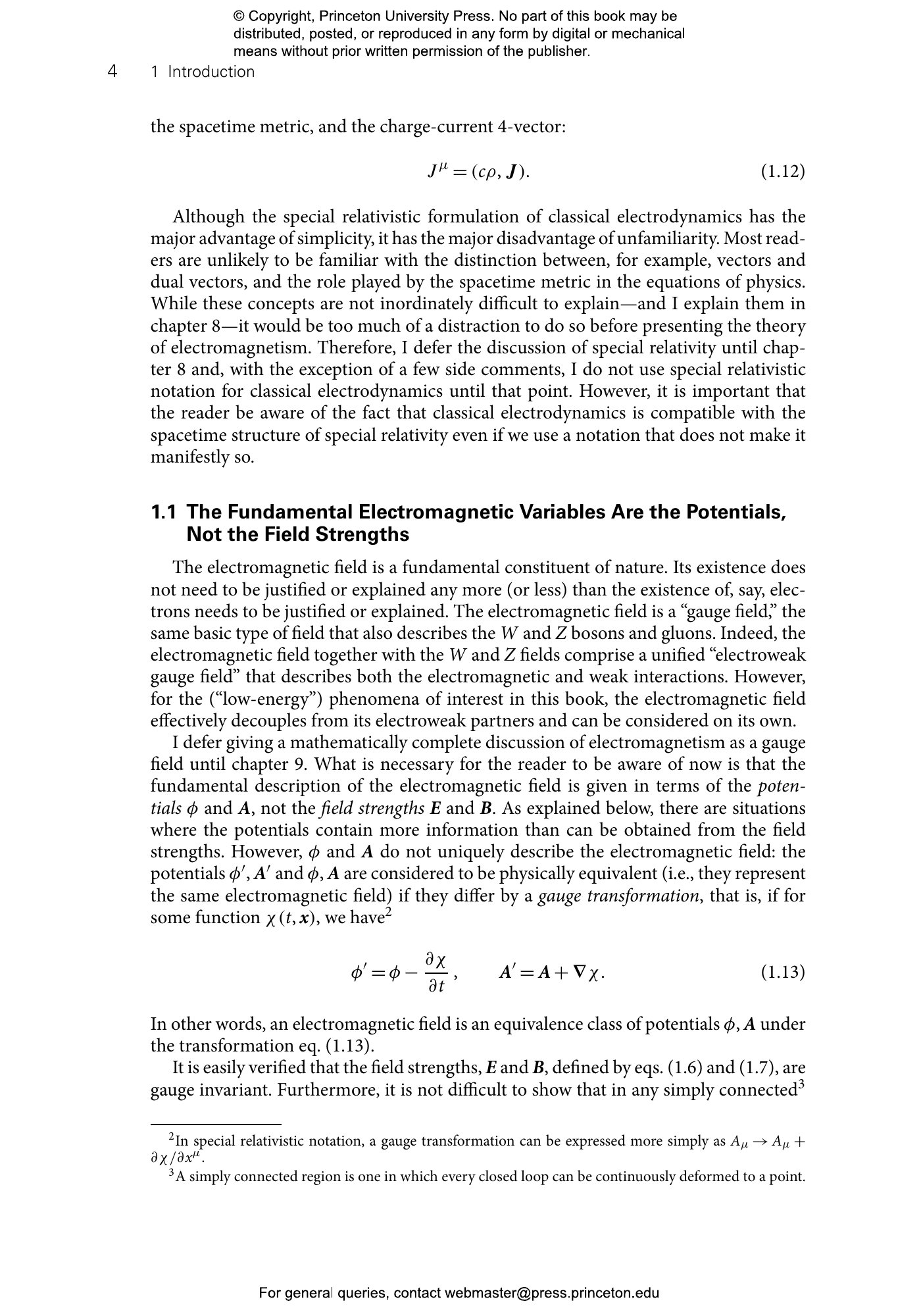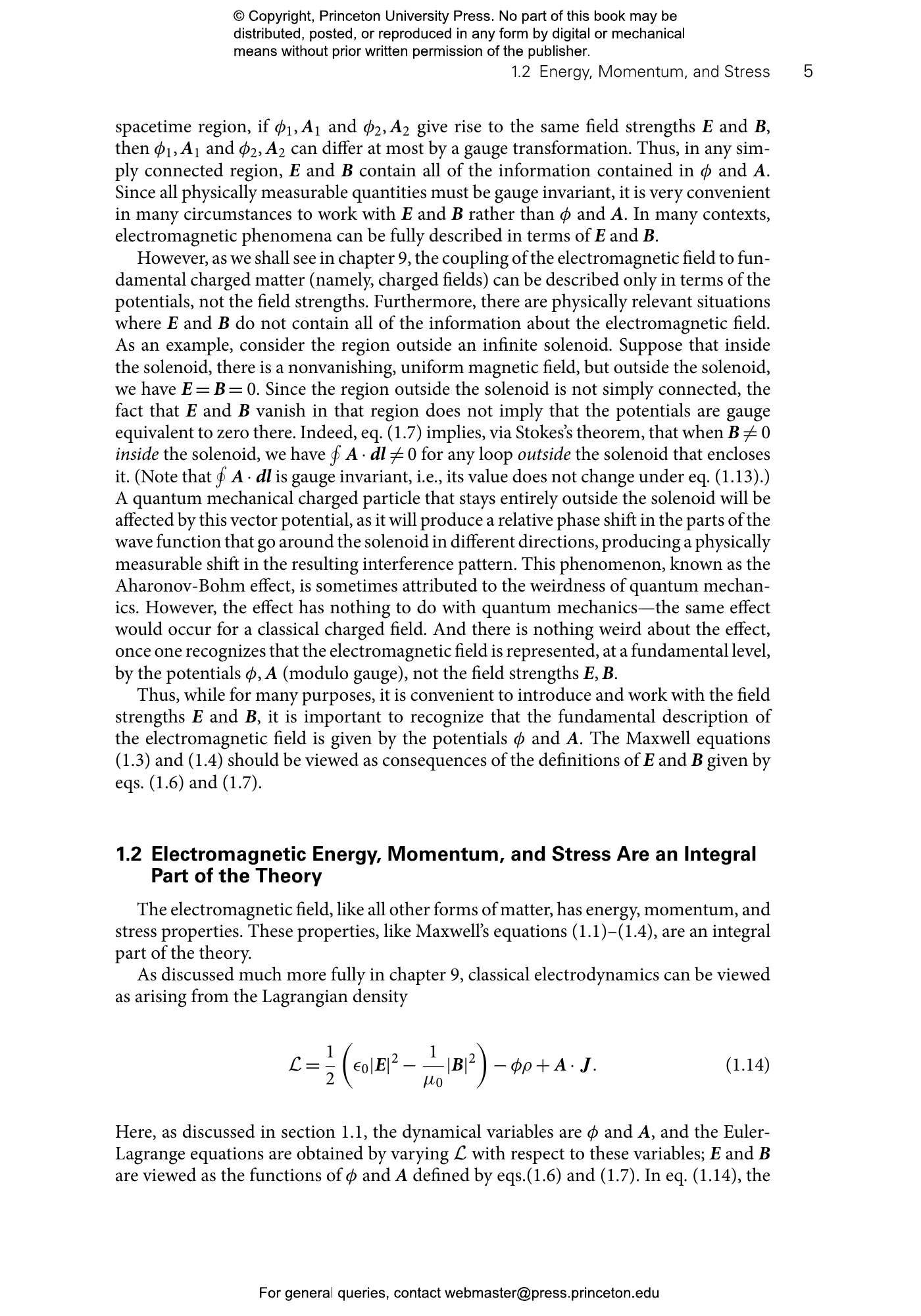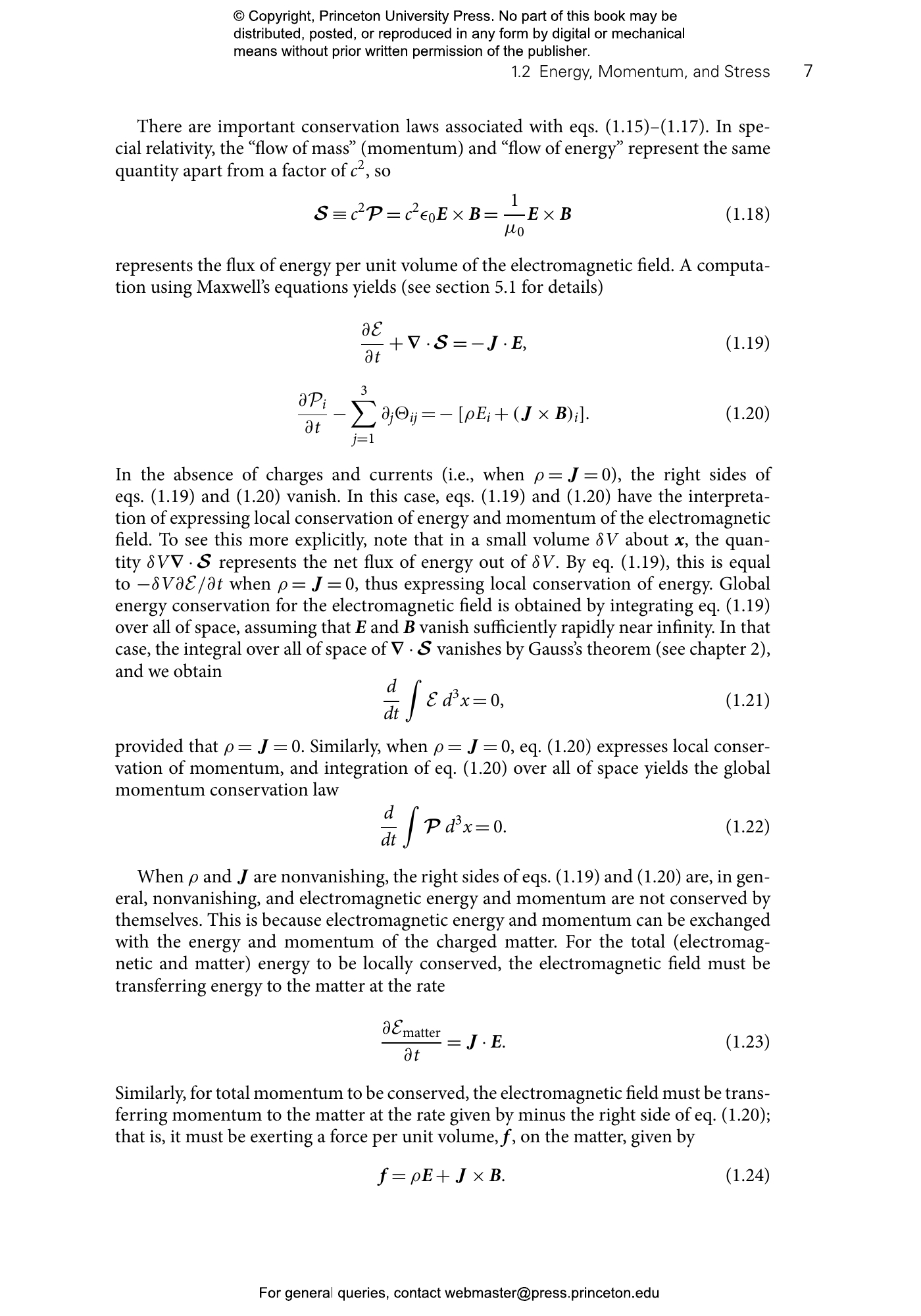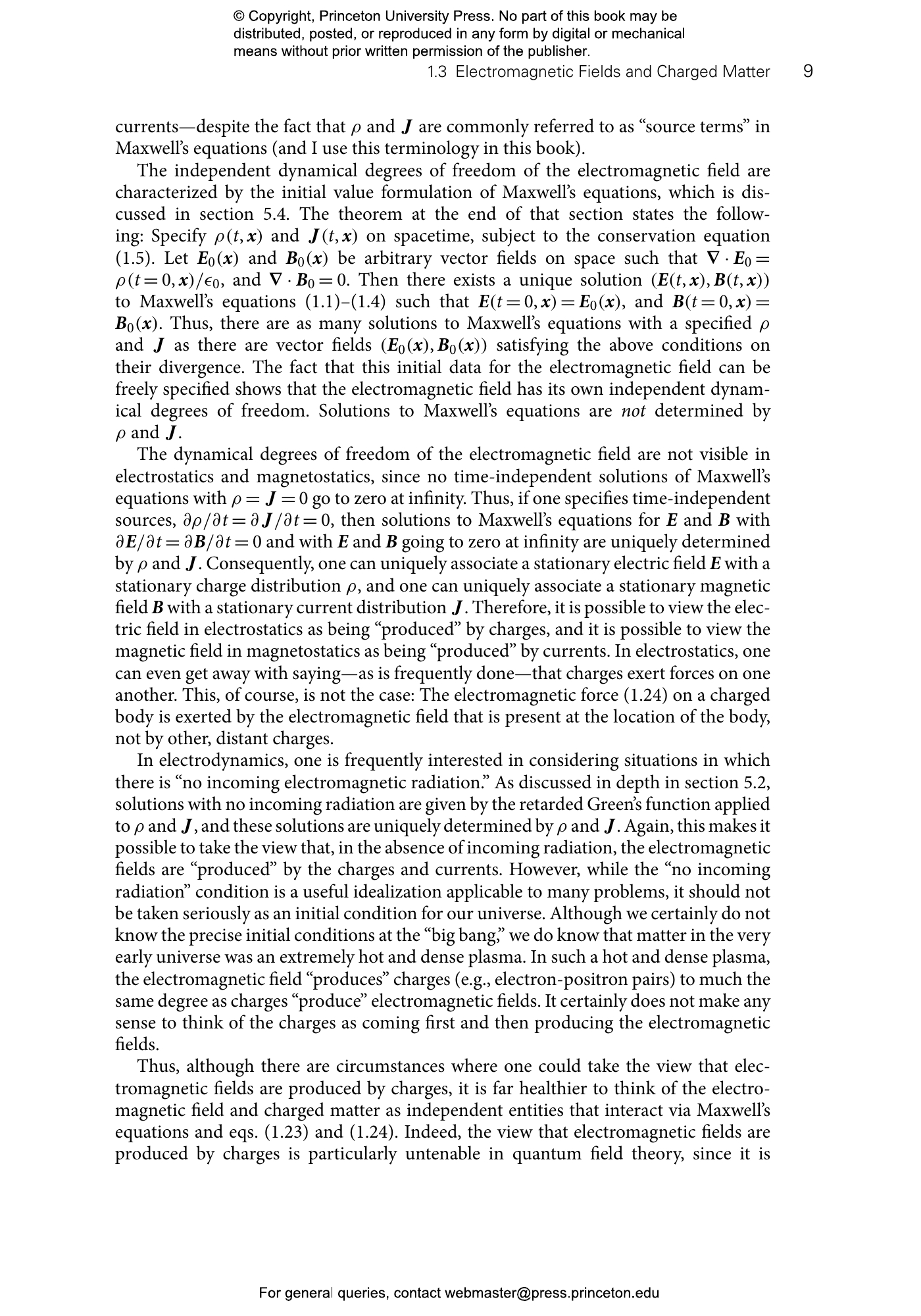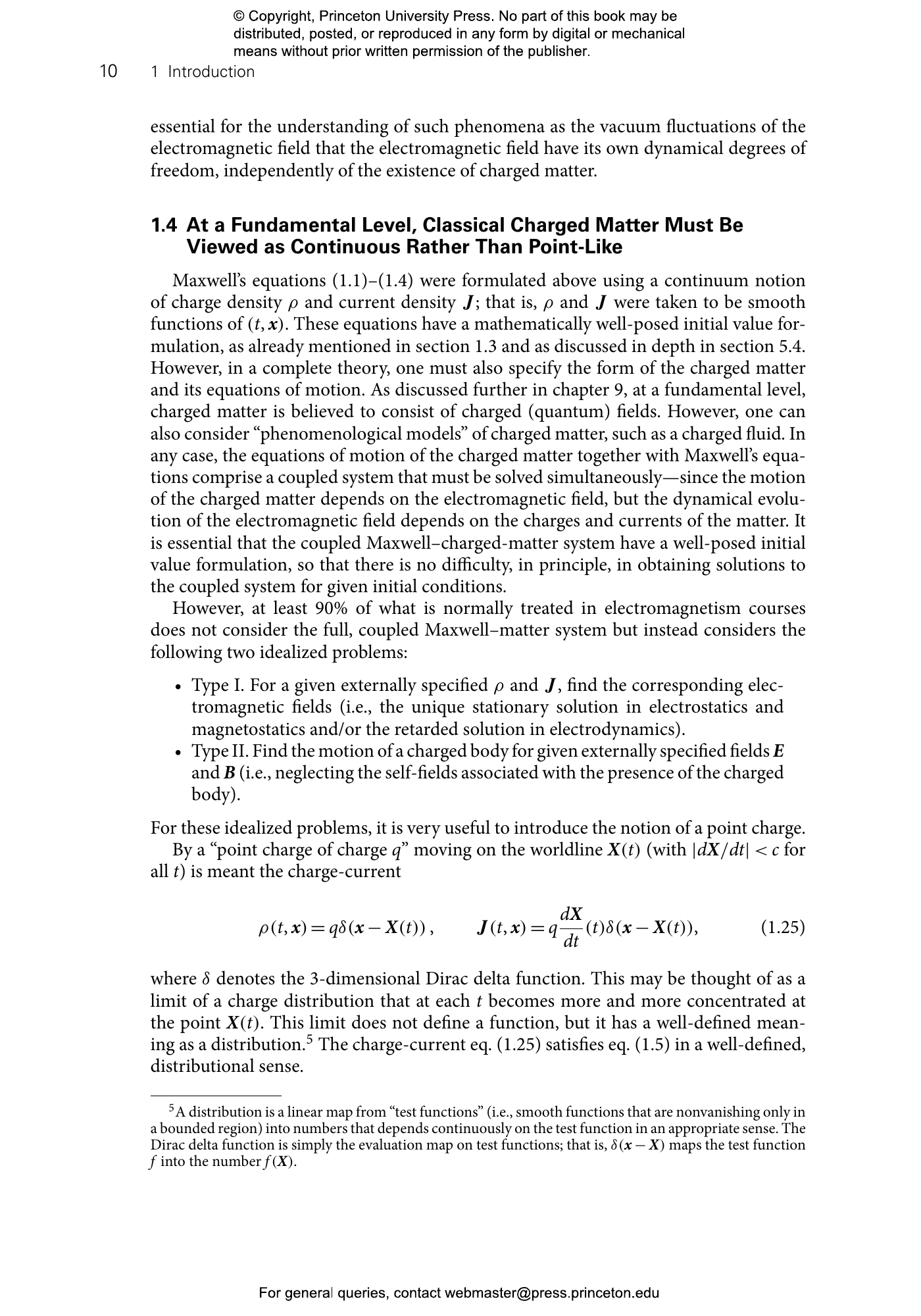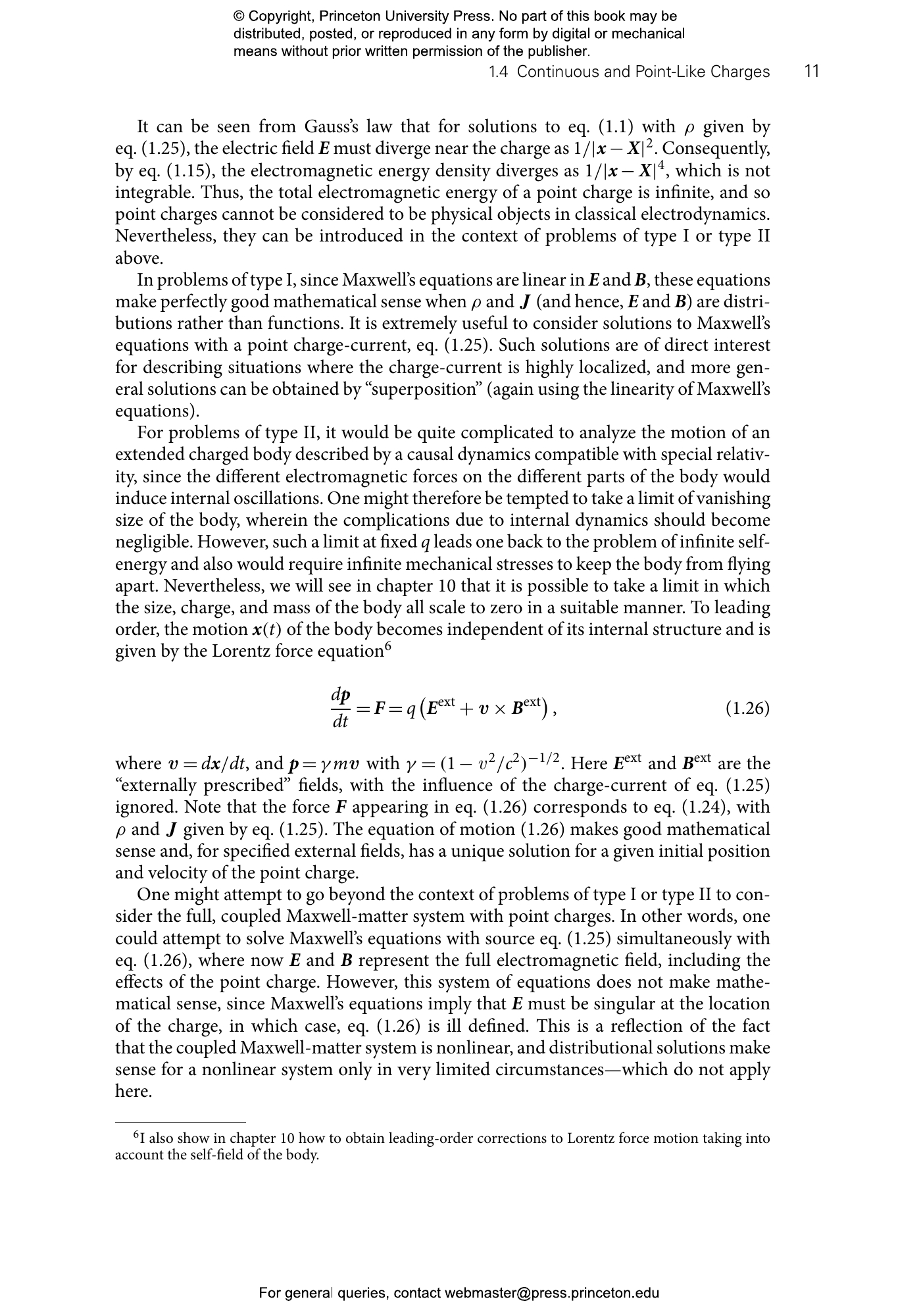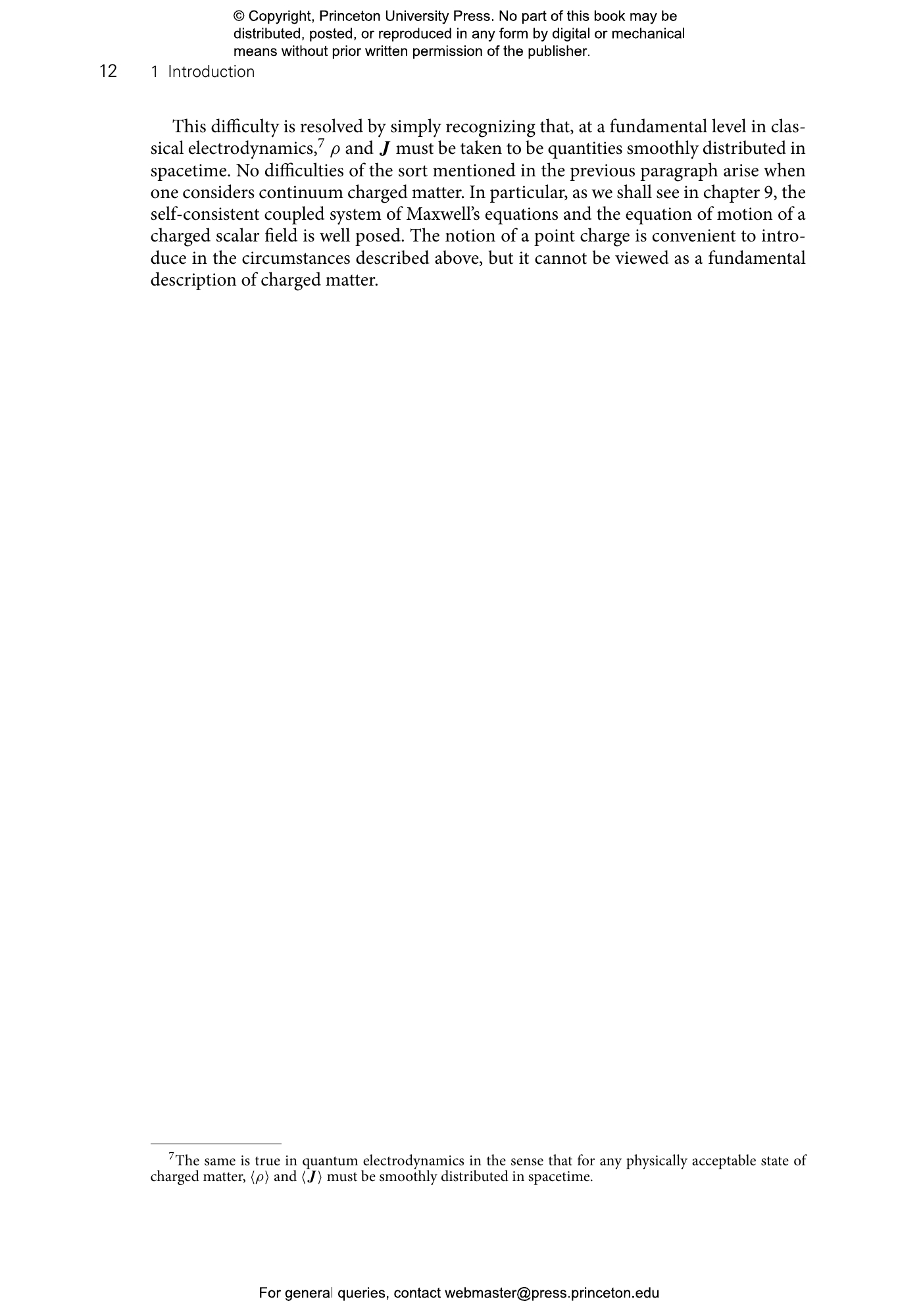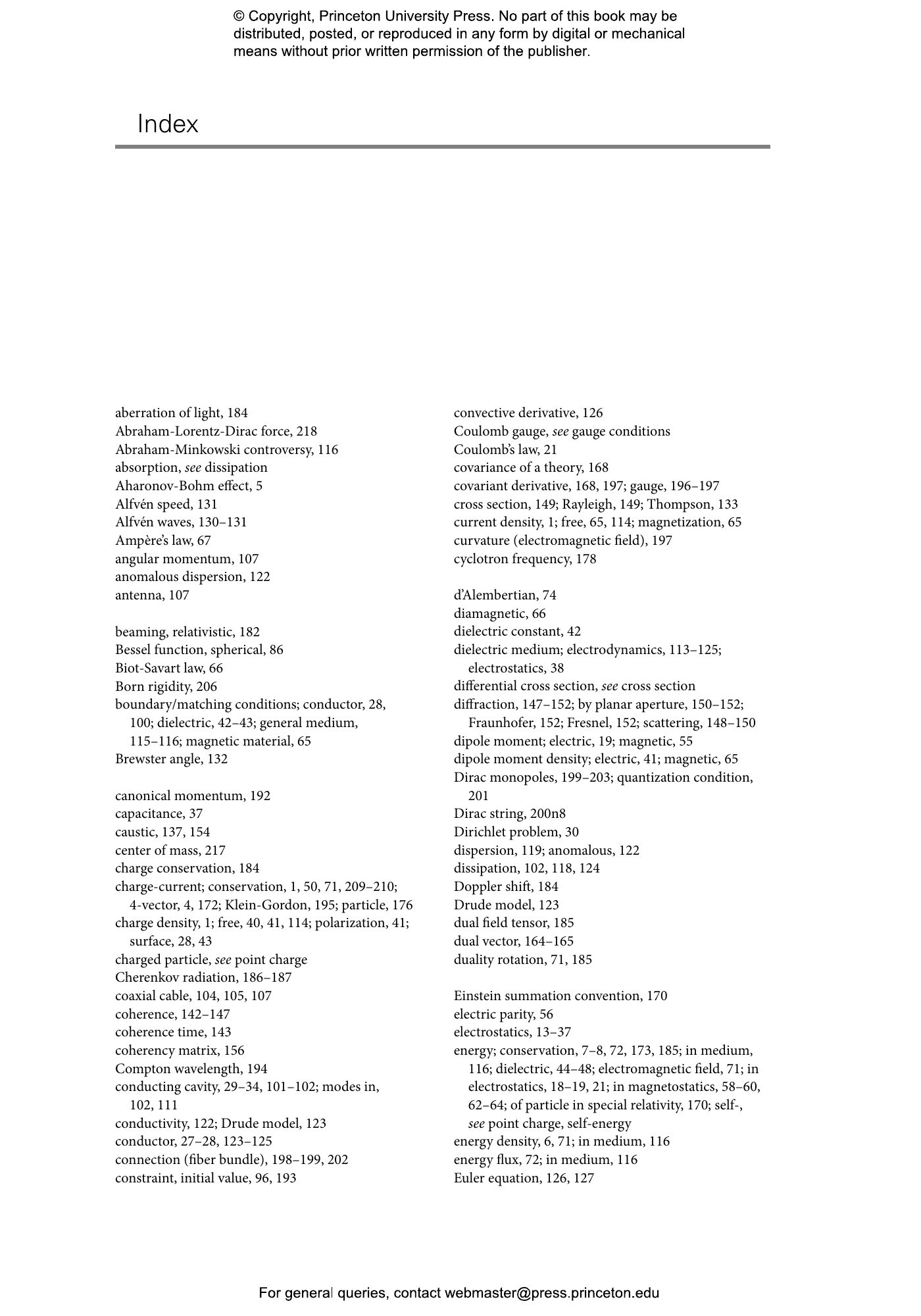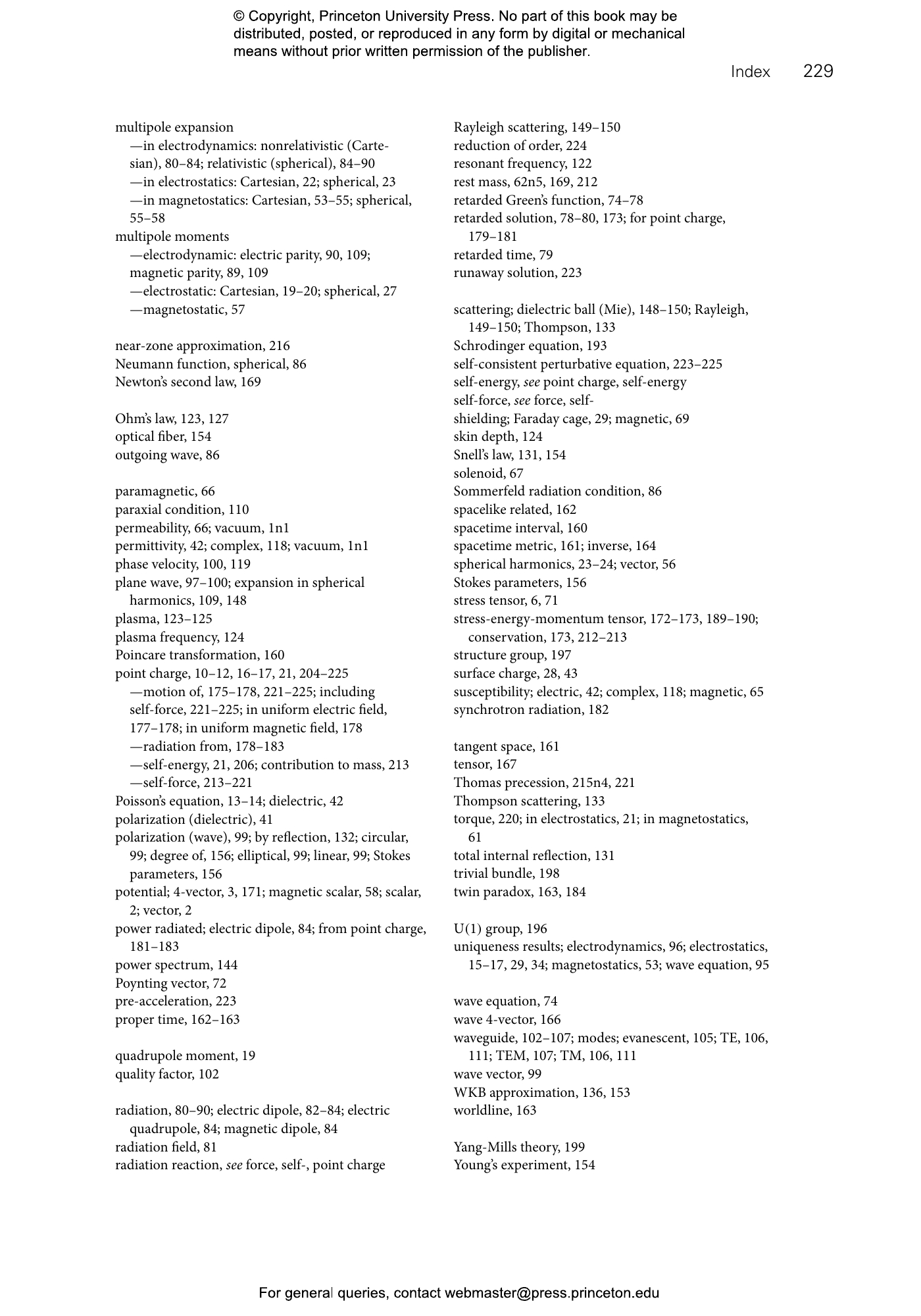Electromagnetism is one of the pillars of modern physics. Robert Wald provides graduate students with a clear, concise, and mathematically precise introduction to the subject, covering all the core topics while bringing the teaching of electromagnetism up to date with our modern understanding of the subject. Electromagnetism is usually taught in a quasi-historical fashion, starting from concepts formulated in the eighteenth and nineteenth centuries, but this tends to promote outdated ways of thinking about the theory. Wald begins with Maxwell’s equations—the foundation of electromagnetism—together with the formulas for the energy density, momentum density, and stress tensor of the electromagnetic field. He then proceeds through all the major topics in classical electromagnetism, such as electrostatics, dielectrics, magnetostatics, electrodynamics and radiation, diffraction, and special relativity. The last two chapters discuss electromagnetism as a gauge theory and the notion of a point charge—topics not normally treated in electromagnetism texts.
- Completely rethinks how to teach electromagnetism to first-year graduate students
- Presents electromagnetism from a modern, mathematically precise perspective, formulating key conceptual ideas and results clearly and concisely
- Written by a world-class physicist and proven in the classroom
- Covers all the subjects found in standard electromagnetism textbooks as well as additional topics such as the derivation of the initial value formulation for Maxwell’s equations
- Also ideal as a supplementary text or for self-study
Robert M. Wald is the Charles H. Swift Distinguished Service Professor in the Department of Physics and the Enrico Fermi Institute at the University of Chicago. His books include General Relativity, Quantum Field Theory in Curved Spacetime and Black Hole Thermodynamics, and Space, Time, and Gravity: The Theory of the Big Bang and Black Holes.
- Preface
- CHAPTER 1 Introduction: Electromagnetic Theory without Myths
- 1.1 The Fundamental Electromagnetic Variables Are the Potentials, Not the Field Strengths
- 1.2 Electromagnetic Energy, Momentum, and Stress Are an Integral Part of the Theory
- 1.3 Electromagnetic Fields Should Not Be Viewed as Being Produced by Charged Matter
- 1.4 At a Fundamental Level, Classical Charged Matter Must Be Viewed as Continuous Rather Than Point-Like
- CHAPTER 2 Electrostatics
- 2.1 Uniqueness of Solutions in Electrostatics
- 2.2 Point Charges and Green’s Functions
- 2.3 Interaction Energy and Force
- 2.4 Multipole Expansion of the Green’s Function
- 2.5 Conducting Cavities; Dirichlet and Neumann Green’s Functions
- CHAPTER 3 Dielectrics
- 3.1 Macroscopic Description of Dielectrics
- 3.2 Force and Interaction Energy
- CHAPTER 4 Magnetostatics
- 4.1 The Equations of Magnetostatics
- 4.2 Multipole Expansion
- 4.3 Interaction Energy and Force
- 4.4 Magnetic Materials
- CHAPTER 5 Electrodynamics
- 5.1 The Equations of Electrodynamics
- 5.2 Retarded Green’s Function
- 5.3 Multipole Expansion
- 5.3.1 Cartesian Multipole Expansion of the Radiation Field for a Nonrelativistic Source
- 5.3.2 General Multipole Expansion for a Relativistic Source
- 5.4 The Initial Value Formulation for Maxwell’s Equations
- 5.5 Plane Waves
- 5.6 Conducting Cavities and Waveguides
- 5.6.1 Conducting Cavities
- 5.6.2 Waveguides
- Problems
- CHAPTER 6 Electrodynamics in Media
- 6.1 Linear, Homogeneous, Isotropic Medium with an Instantaneous Response
- 6.2 Linear, Homogeneous, Isotropic Medium with a Delayed Response
- 6.3 The Lorentz Model for ϵ(ω)
- 6.3.1 Nonconducting Medium
- 6.3.2 Plasma or Conducting Medium
- 6.4 Magnetohydrodynamics
- CHAPTER 7 Geometric Optics, Interference, and Diffraction
- 7.1 Geometric Optics
- 7.2 Interference and Coherence
- 7.3 Diffraction
- 7.3.1 Scattering by a Dielectric Ball
- 7.3.2 Propagation of Waves through an Aperture
- Problems
- CHAPTER 8 Special Relativity
- 8.1 The Framework of Special Relativity
- 8.2 The Formulation of Electromagnetic Theory in the Framework of Special Relativity
- 8.3 Charged Particle Motion and Radiation
- 8.3.1 Charged Particle Motion
- 8.3.2 Radiation from a Point Charge in Arbitrary Motion
- Problems
- CHAPTER 9 Electromagnetism as a Gauge Theory
- 9.1 Lagrangian for the Electromagnetic Field and Its Interactions
- 9.2 Gauge Invariance and the Reinterpretation of the Electromagnetic Field as a Connection
- 9.3 Dirac Magnetic Monopoles
- CHAPTER 10 Point Charges and Self-Force
- 10.1 The Point Particle Limit
- 10.2 Lorentz Force
- 10.3 Corrections to Lorentz Force Motion
- 10.3.1 Self-force Corrections
- 10.3.2 Spin and Dipole Effects
- 10.4 Self-Consistent Motion
- Index
“Written by one of the world’s leading physicists, this book clearly demonstrates that electromagnetism is part of the big picture of modern fundamental physics. Advanced Classical Electromagnetism can serve as the main textbook for graduate courses and is also ideal as a supplementary text for undergraduates.”—Renata Kallosh, Stanford University
“An excellent textbook on electromagnetism, written with Wald’s signature rigor and precision. Students will find Wald’s approach helpful and illuminating. There are many gems of wisdom throughout.”—Lam Hui, Columbia University
“Wald offers fresh perspectives on many subtle points in the general theory of electromagnetism.”—Ilya Gruzberg, Ohio State University
